《Journal of Meteorological Research》创刊于1987年,是中国气象学会主办、中国科协主管的全国性大气科学学术性期刊.
《Journal of Meteorological Research》旨在对外反映我国大气科学领域中最新科研成果,为大气科学研究提供学术交流阵地,推动我国大气科学基础研究和理论研究迅速发展,服务于我国气象现代化建设事业。
《Journal of Meteorological Research》以气象及水文、海洋、环境等相关学科的科研人员、高等院校师生为主要读者对象,刊登动力气象学、天气学、气候学、数值天气预报、大气物理学、大气化学、大气探测、人工影响天气及应用气象学等大气科学各主要分支学科的代表我国研究新水平的创造性论文;国内外大气科学发展动态的综合评述;大气科学新观点、新理论、新技术、新方法的介绍;大气科学研究工作简报及重要学术会议报道;国内优秀大气科学专著的评介。
Articles, Note and Corresp ondence, and r ese arch letters.
1.Manuscripts should be submitted with regular margins and the pages must be numbered consecutively . Brevity and lucidity are encouraged and papers each consisting of less than 25 pages include figures, tables, and references are preferred. Each manuscript generally includes the following components: (1) title, author's name, a±liation; (2) abstract; (3) key words; (4) text; (5) acknowledgment; (6) appendix; (7) references; and (8) tables and figures.
2.References should be arranged alphabetically without numbering at the end of the paper and the text citation should consist of the name of the author and the year of publication. The references for articles and books should be in the following form respectively:
1).Parasnis, S. S., and S. S. Goyal, 1989: Thermodynamic feature of the atmospheric boundary during the summer monsoon. Atmos. Environment, 24, 743- 753.
2).Zhang Jiabao, 1984: Intr oduction to Xinjiang Precipitation. China Meteorological Press, 14-16. (in Chinese)
3).Zeng Qingcun, 1994: Experiments of seasonal and extraseasonal predictions of summer monsoon precipitation. Proceedings of International Conference on Monsoon Variability and Predictability , Trieste, 9- 13 May 1994, 25-27.
3.Figures should be mentioned specifically and numbered consecutively in the text. All the figures are preferably made about twice final size and lettering should be large enough so that after reduction the smallest character will be at least 1.5 mm high. Give a detailed caption to each figure and note the approximate location of each figure and its caption in the text.
4.Tables should be typed directly at the appropriate locations in the text and arranged successively with Arabic numerals.
5.Footnotes, other than those which refer to the title heading, should be numbered successively and placed at the foot of the page to which they refer (not at the end of the paper). The authors requested to reduce the use of footnotes to a minimum.
6.The International System of Units should be used throughout. Words and symbols should not be mixed; in general, symbols should be used only when preceded by a number. Unit symbols are not punctuated, i.e., they are not treated as abbreviation; the same symbol is used for both singular and plural. Abbreviation should be avoided, especially of organizations, and acronyms should be identified with the first use. The other items not mentioned here should be dealt with according to the worldwide conventional rules.
2012 2013 2014 2015 2016 2017 2018 2019 2020 2021
本刊文章发表的年份
在2012年的被引次数
被本刊自己引用的次数
被引次数的累积百分比
本刊文章发表的年份
在2013年的被引次数
被本刊自己引用的次数
被引次数的累积百分比
本刊文章发表的年份
在2014年的被引次数
被本刊自己引用的次数
被引次数的累积百分比
本刊文章发表的年份
在2015年的被引次数
被本刊自己引用的次数
被引次数的累积百分比
本刊文章发表的年份
在2016年的被引次数
被本刊自己引用的次数
被引次数的累积百分比
本刊文章发表的年份
在2017年的被引次数
被本刊自己引用的次数
被引次数的累积百分比
本刊文章发表的年份
在2018年的被引次数
被本刊自己引用的次数
被引次数的累积百分比
本刊文章发表的年份
在2019年的被引次数
被本刊自己引用的次数
被引次数的累积百分比
本刊文章发表的年份
在2020年的被引次数
被本刊自己引用的次数
被引次数的累积百分比
本刊文章发表的年份
在2021年的被引次数
被本刊自己引用的次数
被引次数的累积百分比
累积被引百分比:是用于评估期刊影响力的学术指标,是指在某一领域或学科中,某篇论文被后续的论文引用的次数占该领域或学科所有论文被引用的总次数的比例。
他刊引用次数:指在某一期刊中发表的论文被其他期刊的论文所引用的次数。该指标能够反映出该期刊的学术影响力和知名度。
本刊引用次数:被称为自引率,是指该期刊全部被引次数中,被该刊本身引用次数所占的比例。他刊引用次数和本刊引用次数一同使用,可以更全面地评估期刊的影响力和学术地位。
期刊被引半衰期:也叫“cited half-life”,是一个衡量期刊影响力的重要指标,这个指标的值越低,说明该期刊的文章越新,反之则说明该期刊的文章比较老旧。
期刊引用半衰期:指某一期刊平均引用多久以前的论文。计算方法是从当年往前累计,当引用的论文篇数达到全部的50%时,该篇论文的出版年到当年的间隔年数即为此期刊的引用半衰期。
影响因子:指该期刊近两年文献的平均被引用率,即该期刊前两年论文在评价当年每篇论文被引用的平均次数。影响因子分为复合影响因子与综合影响因子,两者都和SCI期刊的影响因子统计方法相同。
被引次数:指某篇论文在其他论文中被引用的次数,这是衡量该篇论文影响力的一个重要指标。需要明确的是,被引次数并不完全等同于论文的质量或价值。高被引论文虽然通常代表着高质量的研究成果,但也与研究主题的重要性、论文的创新性、论文的研究方法等内在因素,以及论文的可获得性、期刊的声誉等多种外在因素有关。
发文量:又称载文量,是指一本期刊在一定时间内发表的文章数量。期刊的发文量是一个重要的参考指标。如果一本期刊发文量太小,可能会让人觉得这本期刊受众较小众,或者为了提高影响因子而刻意降低发文量。然而,如果发文量过大,也需要警惕,因为这可能影响到论文的质量。
平均引文率:又称篇均引文量,是指某本期刊中带有引文的论文数量与该期刊发表论文总数的比例。这个指标可以反映出该期刊引用文献的综合能力和引文的覆盖面。
| 一级发文领域名称 | 发文量 | 被引量 |
| 天文地球 | 1961 | 4460 |
| 环境科学与工程 | 113 | 333 |
| 自动化与计算机技术 | 106 | 251 |
| 农业科学 | 92 | 343 |
| 电子电信 | 36 | 130 |
| 水利工程 | 35 | 68 |
| 理学 | 35 | 113 |
| 文化科学 | 24 | 44 |
| 航空宇航科学技术 | 21 | 34 |
| 生物学 | 20 | 42 |
| 二级发文领域名称 | 发文量 | 被引量 |
| 天文地球 / 大气科学及气象学 | 1583 | 3456 |
| 天文地球 / 海洋科学 | 132 | 255 |
| 自动化与计算机技术 / 计算机... | 80 | 171 |
| 环境科学与工程 / 环境工程 | 78 | 215 |
| 自动化与计算机技术 / 计算机... | 51 | 75 |
| 天文地球 / 地质学 | 37 | 92 |
| 环境科学与工程 / 环境科学 | 35 | 118 |
| 农业科学 / 农业基础科学 | 34 | 137 |
| 天文地球 / 地球物理学 | 30 | 56 |
| 水利工程 / 水文学及水资源 | 27 | 46 |
专家意见都比较细致,连文笔语法错误都能挑出来,专家还是比较严谨的,此外,编辑老师也比较好!对审稿专家意见还特地打电话来讨论修改侧重点,对文章帮助非常大!
若用户需要出版服务,请联系出版商,地址:Chinese Meteorological Society , Beijing 100081, P . R. China,邮编:100081。
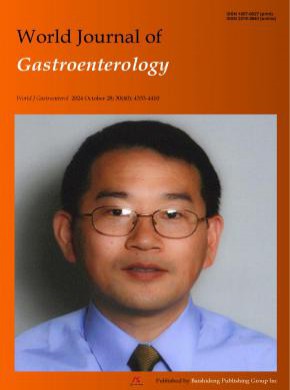
SCI期刊
人气 14357 评论 3

CSCD期刊、统计源期刊
人气 13351 评论 3
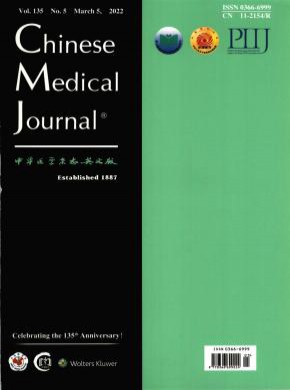
SCI期刊、CSCD期刊、统计源期刊
人气 13297 评论 8
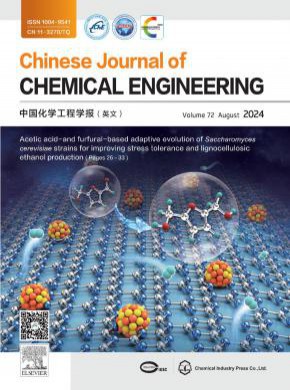
SCI期刊、CSCD期刊、统计源期刊
人气 11491 评论 5
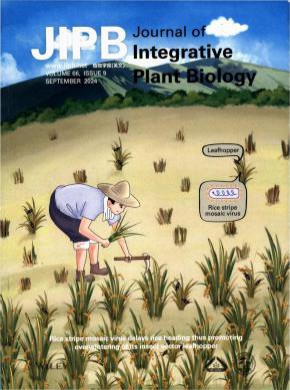
SCI期刊、CSCD期刊、统计源期刊
人气 11350 评论 3
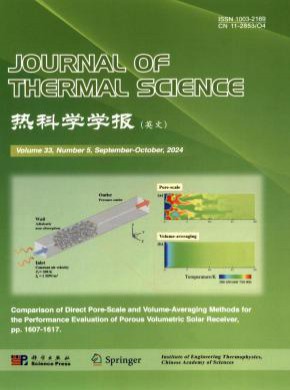
SCI期刊、CSCD期刊
人气 10808 评论 2
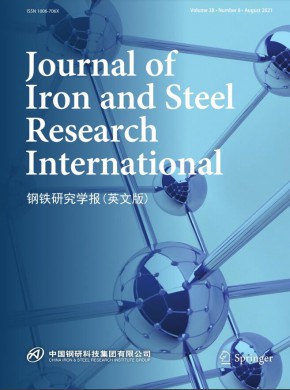
SCI期刊、CSCD期刊、统计源期刊
人气 10638 评论 2
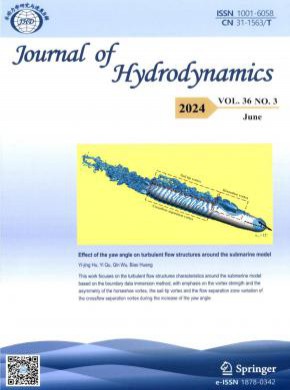
SCI期刊、CSCD期刊
人气 10467 评论 1